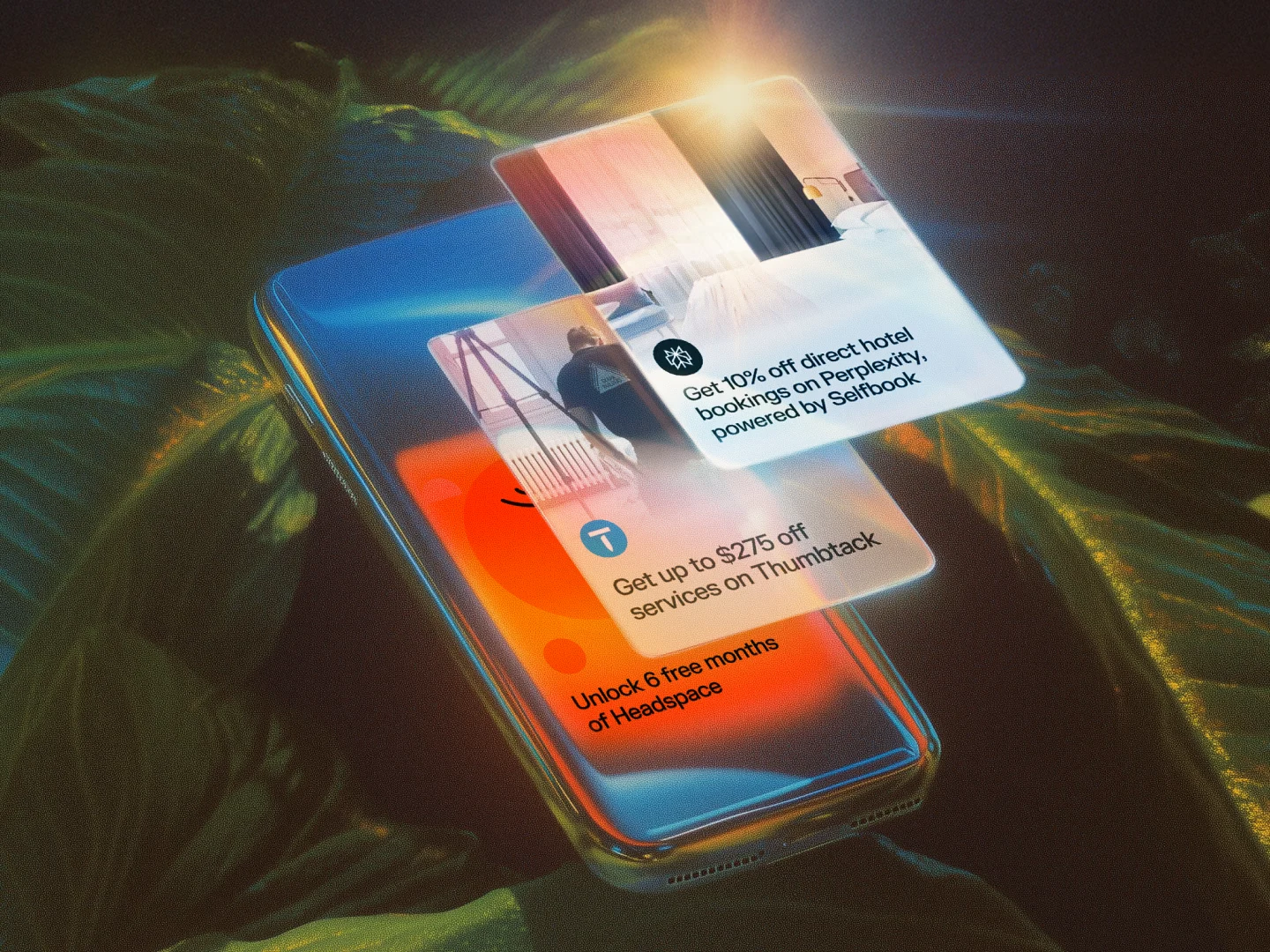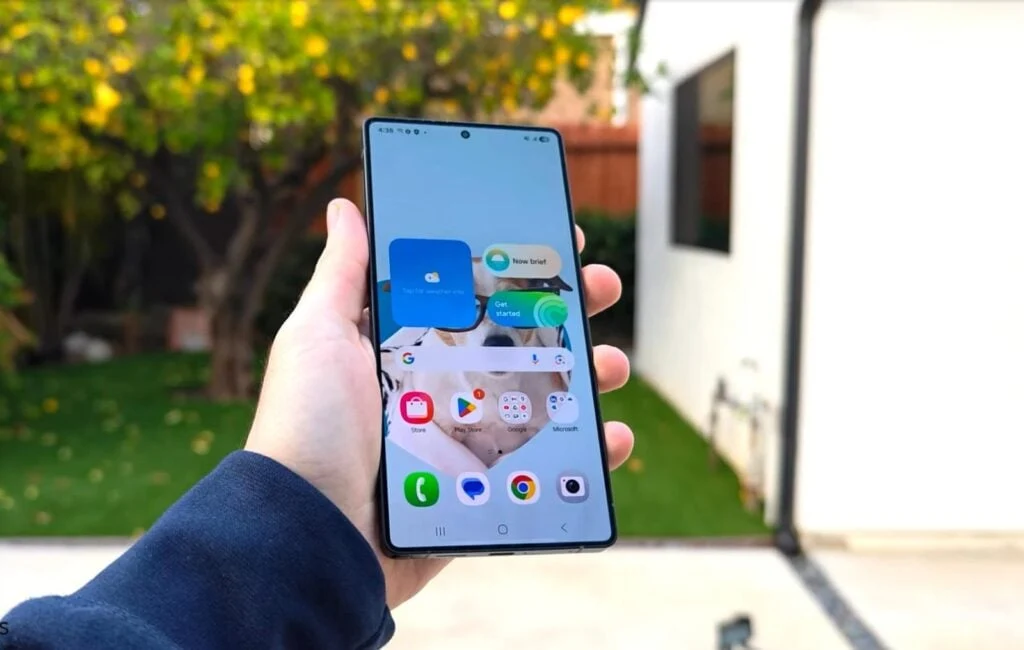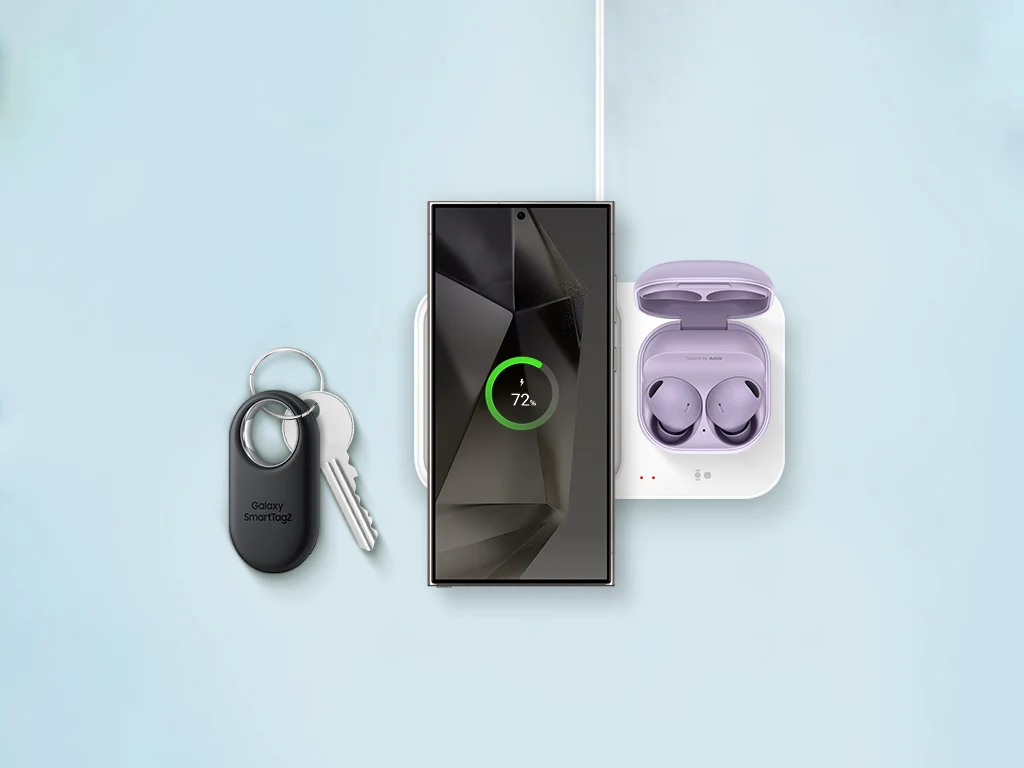Key Takeaways
1. Apple’s integration of OpenAI’s ChatGPT may shift the technology landscape significantly.
2. Samsung has partnered with Perplexity, moving away from reliance on Google for AI solutions.
3. The Galaxy S26 will feature a pre-installed Perplexity app and set it as the default assistant.
4. Samsung plans to enhance its virtual assistant Bixby with features powered by Perplexity.
5. An announcement about the integration of OneUI with Perplexity is expected before the Galaxy S26 launch.
Apple’s move to add OpenAI’s ChatGPT into its software might have triggered a significant shift in the technology industry. Samsung, which used to depend on Google for its artificial intelligence solutions, has now teamed up with another tech giant from Silicon Valley: Perplexity.
New Developments in AI
According to Mark Gurman from Bloomberg, the Galaxy S26 will come with the Perplexity app pre-installed and will set its assistant as the default choice. Moreover, the search assistant will be integrated into Samsung’s browser. This could lead to new features in Galaxy AI. But that’s not all; both companies aim to create an “AI-enhanced operating system” too.
A Fresh Start for Bixby
Even more exciting, Samsung’s often overlooked virtual assistant, Bixby, could receive a revival thanks to Perplexity. Although it has some good features, like Bixby Routines, this emerging tool hasn’t really made waves. It will be interesting to see what a version powered by Perplexity can achieve.
Upcoming Announcements
The integration of OneUI with Perplexity is likely to be revealed before the Galaxy S26’s release. With this information now public, Samsung may tease it during July or August when they showcase the Galaxy Z Fold 7 and Galaxy Z Flip 7.
Source:
Link









